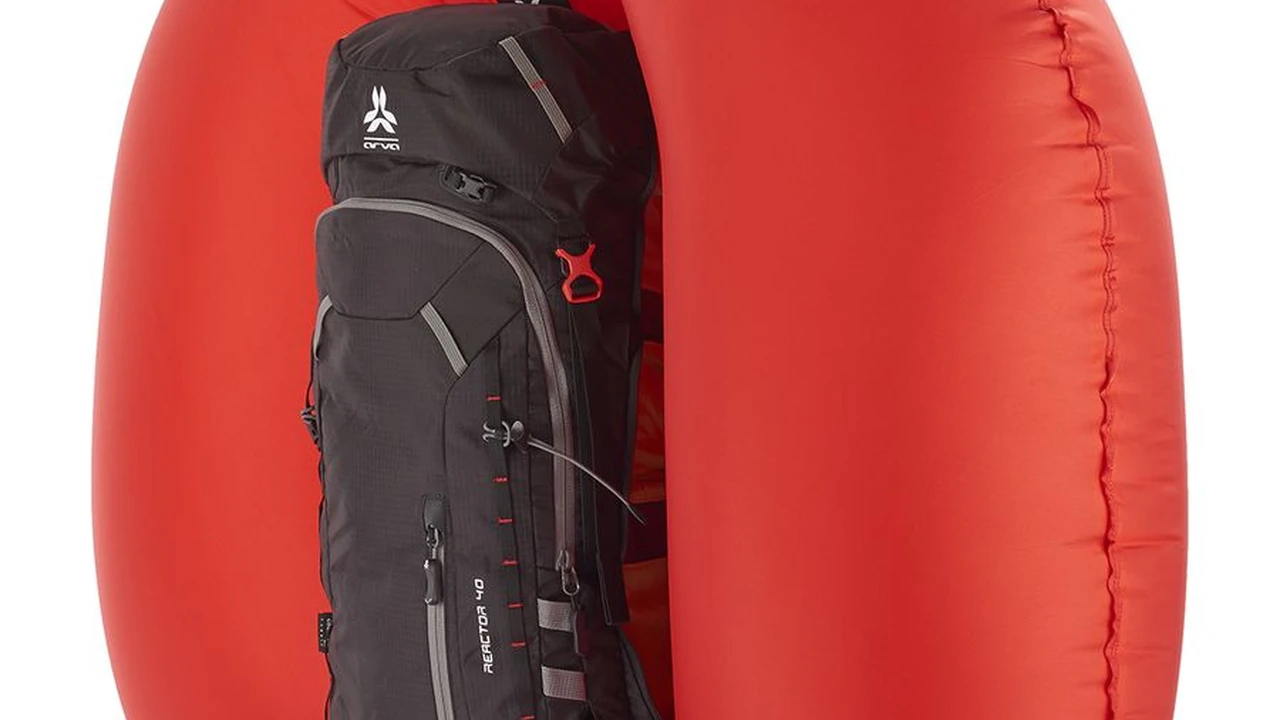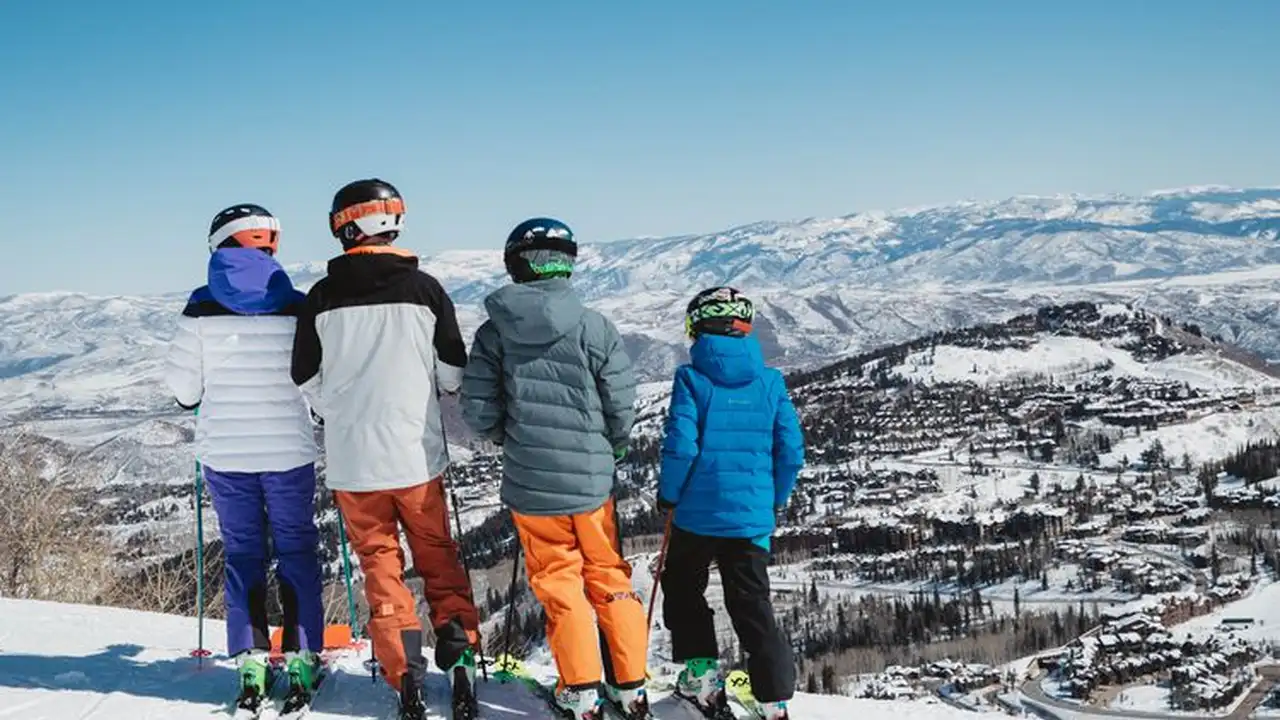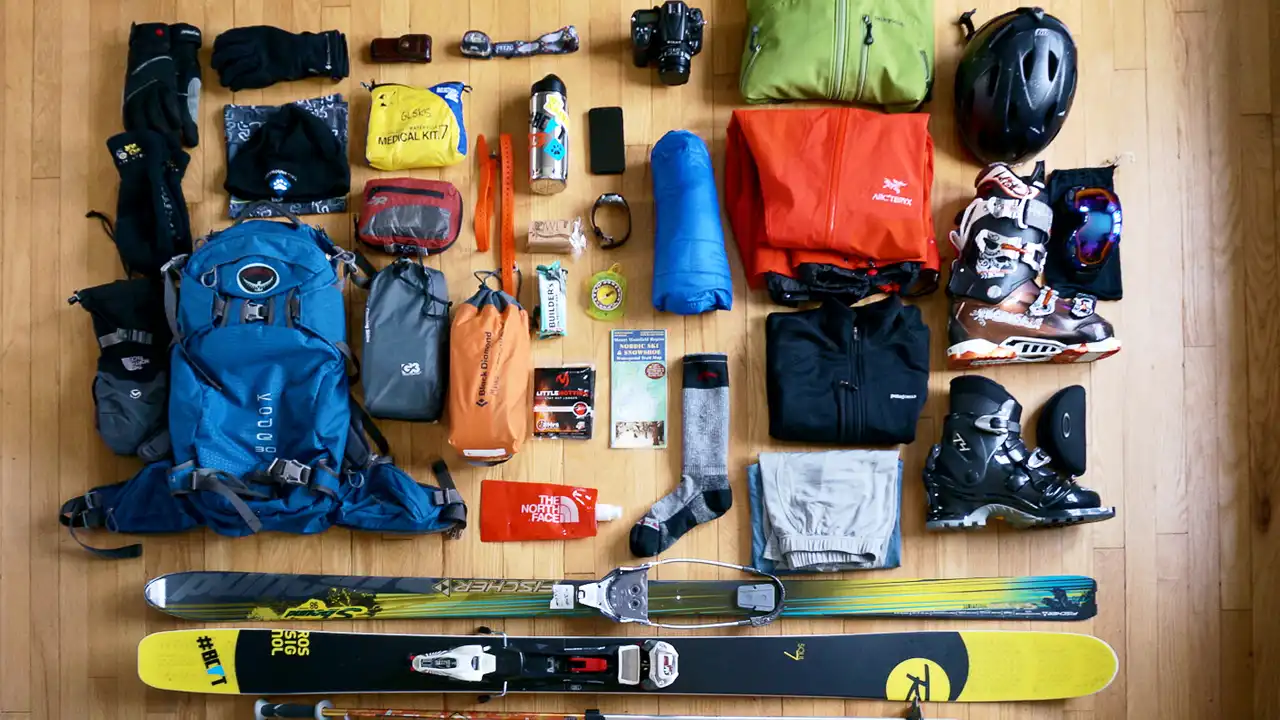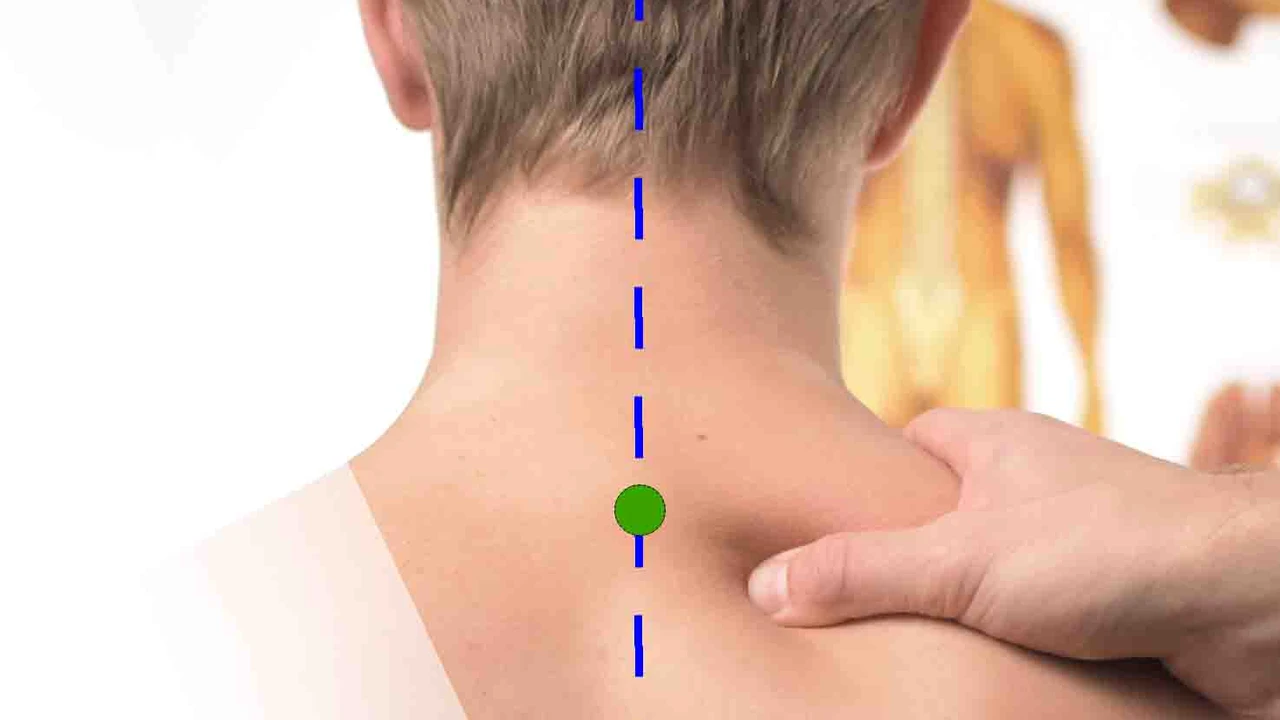
Avalanche Airbag Backpacks Review Your Ultimate Backcountry Safety Guide
Hey there, fellow powder hounds and backcountry explorers! If you're venturing beyond the ropes, into the untouched beauty of the backcountry, you know that safety isn't just a suggestion—it's the golden rule. And when it comes to essential safety gear, an avalanche airbag backpack is right up there with your beacon, shovel, and probe. These aren't just fancy backpacks; they're life-saving devices designed to keep you on top of the snow in the event of an avalanche. But with so many options out there, how do you pick the right one? Let's dive deep into the world of avalanche airbag backpacks, comparing the best on the market, discussing their features, and helping you make an informed decision for your next off-piste adventure.
Understanding Avalanche Airbag Technology How They Work
Before we get into specific models, let's quickly demystify how these incredible packs work. The core principle behind an avalanche airbag is called 'inverse segregation' or the 'Brazil nut effect.' Imagine shaking a can of mixed nuts: the larger nuts tend to rise to the top. Similarly, in an avalanche, the deployed airbag significantly increases your volume, making you a larger 'nut' in the tumbling snow. This helps you stay on or near the surface, dramatically increasing your chances of survival and reducing burial depth. Most systems are either compressed air (canister-based) or battery-powered (fan-based). Canister systems are generally lighter and simpler, while fan systems offer multiple deployments and are easier to travel with due to airline restrictions on compressed air.
Key Features to Consider When Buying an Avalanche Airbag Pack
Choosing the right airbag pack involves more than just picking a color. Here are the crucial features to weigh:
Airbag System Type Canister vs Fan
- Canister Systems: These use a compressed air or nitrogen canister to inflate the airbag. They are typically lighter and often more affordable upfront. However, canisters need to be refilled or replaced after each deployment, which can be a hassle and an added cost. Examples include ABS, Mammut RAS, and BCA Float systems.
- Fan Systems: Powered by a battery, these systems use a high-speed fan to inflate the airbag. They allow for multiple deployments on a single charge (great for practice!) and are generally easier for air travel since you don't have to deal with compressed gas regulations. They tend to be heavier and more expensive initially. Examples include Black Diamond JetForce and Arc'teryx Voltair (though Voltair is discontinued, its tech lives on in other brands).
Airbag Volume and Shape Maximizing Buoyancy
Most airbags offer between 150-200 liters of volume. While more volume generally means more buoyancy, the shape and placement of the airbag also matter. Some bags wrap around your head and shoulders, offering additional protection from trauma, while others deploy behind your head. Consider what feels most protective and comfortable for your riding style.
Pack Volume and Storage Capacity Gear Organization
Beyond the airbag system, you still need a functional backpack. Think about how much gear you typically carry for a day trip or multi-day tour. Do you need space for extra layers, food, water, first-aid, skins, or even a rope? Pack volumes typically range from 15L for minimalist tours to 40L+ for longer expeditions. Look for dedicated pockets for avalanche safety tools (shovel, probe), easy access to the main compartment, and external carry options for skis or snowboards.
Fit and Comfort Ergonomics for Long Days
A comfortable pack is a safe pack. Look for adjustable shoulder straps, a padded hip belt, and a sternum strap. The pack should sit snugly against your back without restricting movement. Try it on with your typical winter layers and even your helmet to ensure a good fit.
Durability and Materials Built to Last
Backcountry gear takes a beating. Look for robust, abrasion-resistant fabrics like high-denier nylon. Reinforced stitching and quality zippers are also indicators of a durable pack that will stand up to the rigors of the mountains.
Deployment Handle and Mechanism Ease of Use Under Pressure
The deployment handle should be easily accessible and intuitive to pull, even with gloves on and under stress. Some handles are ambidextrous, while others can be stowed away to prevent accidental deployment. Practice deploying your airbag in a safe environment so it becomes second nature.
Weight Considerations Light is Right for Touring
Every gram counts when you're skinning uphill. While airbag systems add weight, manufacturers are constantly innovating to reduce it. Consider the overall weight of the pack, especially if you prioritize fast and light tours.
Top Avalanche Airbag Backpacks A Comparative Review
Alright, let's get to the good stuff! Here are some of the leading avalanche airbag backpacks on the market, highlighting their unique features, ideal use cases, and approximate pricing.
1. Black Diamond JetForce Pro 25L The Tech Powerhouse
System Type: Fan-based (JetForce Technology) Airbag Volume: 200L Pack Volume: 25L (modular system allows for 10L, 35L, and 25L splitboard booster packs) Approx. Price: $1200 USD
Why it's great: The Black Diamond JetForce Pro is a true innovator. Its fan-based system allows for multiple deployments on a single charge, which is fantastic for practice and peace of mind. The fan also automatically deflates the bag after three minutes, creating an air pocket for potential burial. It's modular, meaning you can swap out different sized booster packs (10L, 35L, 25L splitboard) onto the same base unit, making it incredibly versatile for various trip lengths. It's also travel-friendly due to the battery system. The pack itself is well-designed with dedicated avy tool pockets, a helmet carry, and comfortable suspension.
Ideal Use: Backcountry skiers and snowboarders who prioritize multiple deployments, ease of travel, and a modular system for different trip types. Great for those who want to practice deployment frequently.
Pros: Multiple deployments, travel-friendly, modular pack system, auto-deflation for air pocket, robust build. Cons: Higher initial cost, heavier than canister systems, requires battery charging.
2. BCA Float 22 Avalanche Airbag 2.0 The Reliable Workhorse
System Type: Canister-based (Float 2.0 System) Airbag Volume: 150L Pack Volume: 22L Approx. Price: $700 USD (plus canister cost)
Why it's great: The BCA Float series has been a staple in the avalanche airbag market for years, and the 2.0 system is lighter and more compact than its predecessor. The Float 22 is a fantastic all-around pack for day tours. It's relatively lightweight, easy to use, and the canister system is straightforward. BCA has a wide network for canister refills and exchanges, making it convenient for many users. The pack itself is well-organized with a dedicated tool pocket, goggle pocket, and external ski/snowboard carry options.
Ideal Use: Day tours, resort sidecountry, and users who prefer the simplicity and lighter weight of a canister system. Excellent for those looking for a reliable and widely supported option.
Pros: Lighter weight, lower initial cost, widespread canister availability, simple and reliable system. Cons: Single deployment per canister, canister refills/exchanges can be inconvenient, not as travel-friendly as fan systems.
3. Mammut Light Protection Airbag 3.0 30L The Lightweight Protector
System Type: Canister-based (Removable Airbag System 3.0) Airbag Volume: 150L Pack Volume: 30L Approx. Price: $850 USD (plus canister cost)
Why it's great: Mammut's Protection Airbag System 3.0 is unique because the airbag deploys around your head, neck, and chest, offering additional trauma protection in an avalanche. The 'Light' version of this pack is designed for weight-conscious users, making it one of the lighter canister options available for its volume. The 30L capacity is versatile enough for longer day trips or even minimalist overnight tours. Mammut's build quality is consistently excellent, and the pack features good organization and comfortable carrying.
Ideal Use: Backcountry enthusiasts who prioritize both avalanche safety and trauma protection, and those who want a lightweight yet versatile pack for various tour lengths.
Pros: Enhanced trauma protection, very lightweight for its features, high-quality construction, versatile pack volume. Cons: Canister system limitations (single deployment, travel), higher price point for a canister system.
4. Ortovox Ascent 30 Avabag The Modular Minimalist
System Type: Canister-based (AVABAG System) Airbag Volume: 150L Pack Volume: 30L Approx. Price: $750 USD (plus canister cost)
Why it's great: Ortovox is known for its commitment to avalanche safety, and the AVABAG system is a testament to that. What makes the AVABAG unique is its extremely compact and lightweight airbag unit, which is removable and interchangeable between different AVABAG-compatible packs. This means you can buy one airbag unit and use it with various Ortovox packs (e.g., a smaller 22L for quick tours, a larger 40L for multi-day trips). The Ascent 30 is a great mid-sized option, offering ample space for day tours and good organization. Ortovox packs are also known for their comfortable fit and durable materials.
Ideal Use: Users who want a modular canister system, allowing them to swap the airbag unit between different pack sizes. Great for those who value lightweight design and Ortovox's reputation for safety gear.
Pros: Extremely lightweight and compact airbag unit, interchangeable between AVABAG packs, good pack features and comfort. Cons: Canister system limitations, airbag unit is sold separately from some packs (check bundles).
5. Arva Reactor 24 The Compact Performer
System Type: Canister-based (Reactor System) Airbag Volume: 150L Pack Volume: 24L Approx. Price: $700 USD (plus canister cost)
Why it's great: Arva's Reactor system is known for its dual airbag design, which provides redundancy and a stable deployment. The Reactor 24 is a compact and lightweight option, perfect for day trips and freeride adventures. The pack itself is streamlined, focusing on essential features without unnecessary bulk. It has a dedicated avy tool pocket, a goggle pocket, and external carry options. Arva packs are generally well-regarded for their durability and thoughtful design.
Ideal Use: Freeriders and day tourers who want a compact, lightweight, and reliable canister airbag system with the added security of a dual airbag.
Pros: Dual airbag system for redundancy, compact and lightweight, good pack features for its size. Cons: Canister system limitations, less volume for longer tours.
Real-World Scenarios Choosing Your Pack
Let's consider some common use cases to help you narrow down your choice:
The Weekend Warrior Day Tourer
You're hitting the backcountry for single-day tours, maybe a few hours of skinning, and then some epic turns. You need enough space for your avy gear, extra layers, water, and snacks. Weight is a factor, but not the absolute top priority. A 20-25L pack is likely your sweet spot.
- Recommended: BCA Float 22, Arva Reactor 24, Ortovox Ascent 22/28 (with AVABAG unit). These offer a good balance of weight, features, and capacity for day trips.
The Multi-Day Expeditionist
You're planning hut-to-hut tours, overnight trips, or even longer expeditions where you need to carry more gear, food, and potentially camping equipment. Pack volume becomes crucial, and durability is paramount.
- Recommended: Black Diamond JetForce Pro 35L (with booster pack), Mammut Light Protection Airbag 3.0 30L/45L, Ortovox Ascent 38/40 (with AVABAG unit). Look for packs with robust external carry options and comfortable load distribution.
The Freeride Enthusiast Sidecountry Shredder
You spend most of your time in-bounds but often duck into the sidecountry for fresh tracks. You need a compact pack that won't hinder your riding, but still offers essential safety features. A smaller volume (15-20L) might be ideal.
- Recommended: BCA Float 15, Arva Reactor 18, Black Diamond JetForce Pro 10L (with booster pack). These are streamlined and designed for quick access and minimal bulk.
The Weight-Conscious Skimo Racer
Every gram matters. You're looking for the absolute lightest setup possible, often sacrificing some features for minimal weight. These packs are typically very minimalist in design.
- Recommended: Mammut Light Protection Airbag 3.0 22L, Ortovox Ascent 22 (with AVABAG unit). These are among the lightest options available, designed for fast and light ascents.
Maintenance and Practice Your Life Depends On It
Owning an avalanche airbag backpack isn't a 'set it and forget it' deal. Regular maintenance and practice are crucial:
Pre-Season Checks System Readiness
Before your first tour of the season, perform a thorough check. For canister systems, ensure the canister is full and properly installed. For fan systems, make sure the battery is fully charged and the system is functioning correctly. Inspect the airbag fabric for any tears or damage.
Practice Deployments Muscle Memory Matters
This is perhaps the most important tip. Practice pulling the trigger! Do it at home, do it in a safe, open snowy area. Get comfortable with the motion, even with gloves on. The more you practice, the more likely you are to react instinctively in a high-stress situation. For fan systems, you can do multiple practice deployments. For canister systems, you'll need to refill or replace the canister after each deployment, so consider doing one practice deployment at the start of the season.
Battery Care for Fan Systems Powering Your Safety
If you have a fan-based system, pay attention to battery care. Store it at room temperature, and charge it regularly, especially before a trip. Cold temperatures can affect battery performance, so keep it warm when not in use if possible.
Canister Refills and Exchanges Logistics
For canister systems, know where you can get your canisters refilled or exchanged. Many outdoor retailers and ski shops offer this service. Plan ahead, especially during peak season.
Proper Storage Longevity of Your Gear
When not in use, store your airbag pack in a cool, dry place, away from direct sunlight and extreme temperatures. Ensure the airbag is fully deflated and packed correctly.
Beyond the Airbag A Holistic Approach to Backcountry Safety
While an avalanche airbag backpack significantly increases your chances of survival in an avalanche, it's not a magic bullet. It's one crucial component of a comprehensive backcountry safety strategy. Always remember:
Education is Key Avalanche Courses
The single most important piece of avalanche safety gear is your brain. Take an accredited avalanche safety course (AIARE 1, AST 1, etc.). Learn how to recognize avalanche terrain, understand snowpack stability, and make informed decisions. This knowledge is invaluable.
Essential Trio Beacon Shovel Probe
Always carry and know how to use your avalanche transceiver (beacon), shovel, and probe. These are your primary tools for companion rescue. Practice with them regularly with your touring partners.
Touring with Partners Strength in Numbers
Never go into the backcountry alone. Always tour with experienced partners who also carry the essential safety gear and know how to use it. Practice rescue scenarios with your group.
Checking the Avalanche Forecast Information is Power
Before every trip, consult the local avalanche forecast. Understand the danger rating, aspect, elevation, and specific concerns for the day. Adjust your plans accordingly.
Route Planning and Terrain Management Smart Choices
Plan your route carefully, identifying potential hazards and safe zones. Practice good terrain management, avoiding high-risk areas, and traveling one at a time through exposed sections.
Choosing the right avalanche airbag backpack is a significant investment in your safety and enjoyment of the backcountry. By understanding the technology, considering the key features, and comparing the top models, you can make an informed decision that suits your needs and adventures. Remember, this pack is a tool, and like any tool, its effectiveness depends on proper use, maintenance, and a solid foundation of avalanche safety knowledge. Stay safe out there, and happy shredding!
:max_bytes(150000):strip_icc()/277019-baked-pork-chops-with-cream-of-mushroom-soup-DDMFS-beauty-4x3-BG-7505-5762b731cf30447d9cbbbbbf387beafa.jpg)






